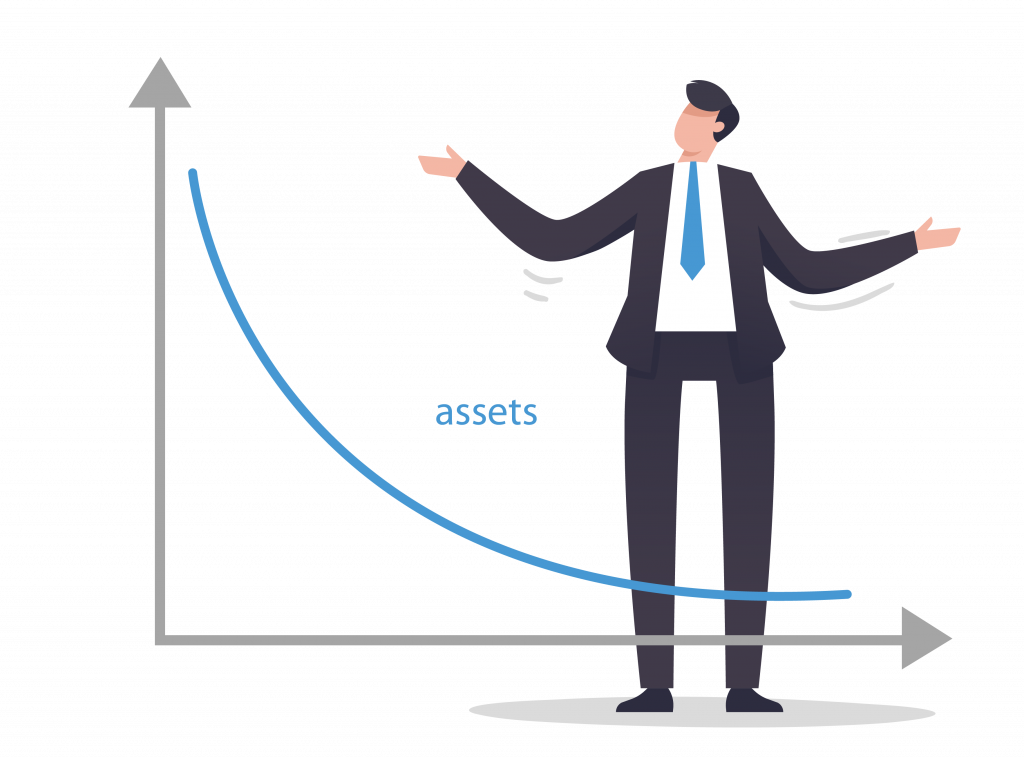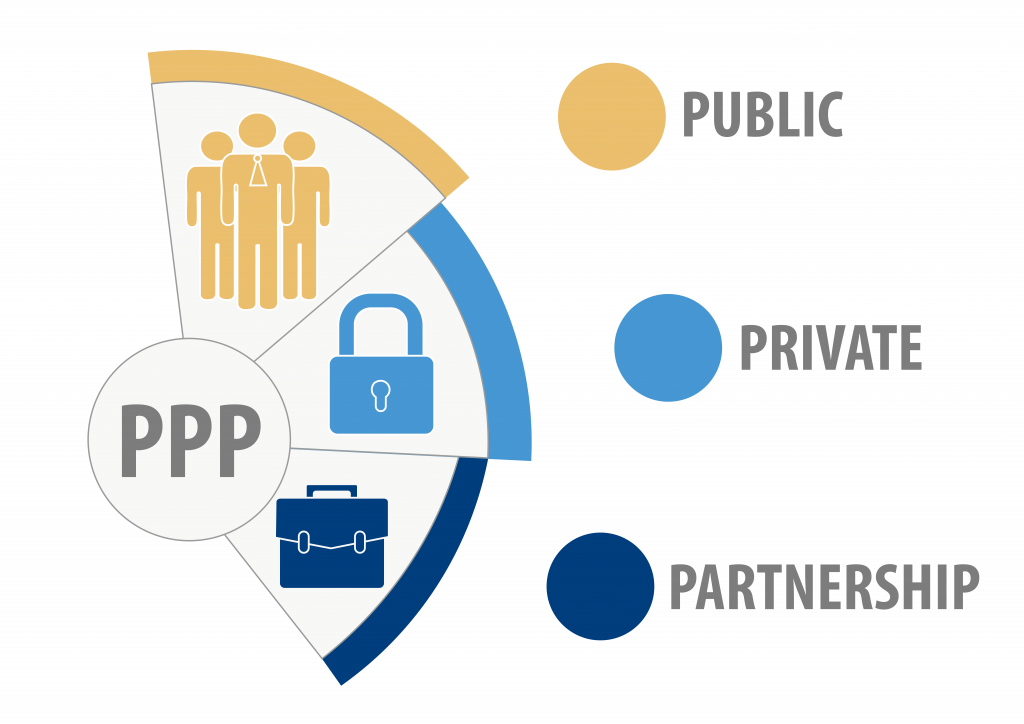Jeffrey Plant is an accomplished infrastructure delivery professional with extensive transportation, environmental, and building project experience for clients. Mr. Plant has honed his scheduling, negotiating, and dispute resolution skills on hundreds of projects by reviewing claims, analyzing positions, preparing expert reports, and participating in settlement meetings on multiple change orders and claims issues.
Andy Pratt is a skilled program/project manager with particular expertise in managing the Project Management Office’s (PMO) and streamlined business processes. His industry background includes heavy highway/civil, power substation, power and gas transmission, and distribution clients. He has coordinated activities, resources, equipment, and information necessary for project completion.
Essential Requirements for Managing an Infrastructure Capital Assets Program
Managing the condition of aging infrastructure requires a good grasp of the condition of the infrastructure assets and the budgets to maintain them. A systematic capital asset management program to inspect and evaluate the condition of various assets is essential. Planning, repair, routine maintenance, rehabilitation, or replacement strategies based on those inspections and subsequent analyses must follow.
To do this effectively, we need a basic understanding of the deterioration of assets over time. It looks a little bit like an inverted curve. In the first five to ten years, you get very little deterioration. In the next ten years, however, the deterioration accelerates, and then, at a certain point, it just falls off the curve, and the asset’s residual life becomes very small.
Lifecycle management of assets, from planning to disposal, must be at the top of an agency’s agenda to achieve long-term economic accountability for current and future users before assets show irreversible effects. Significant economic gains accrue when a program is properly executed while neglecting a program leads to exponentially increasing costs and risks over time. Monitoring and reporting mechanisms, like dashboards and KPIs, should be created to ensure that the program is effective and efficient.

The Impact of Funding on Infrastructure Asset Management
Most transportation authorities in North America use infrastructure management systems to apprise them of the condition of their structures without sufficient budget to deal with these deficiencies. Typically, maintenance budgets for infrastructure management are cut because they are not considered a flashy or politically advantageous use of funds. The classic conflict with infrastructure asset management has been finding a way to get funding for these repairs and improvements that are not considered extravagant or exciting to the average citizen.
The passing of the Infrastructure Investment and Jobs Act (IIJA) in November of 2021 is expected to be a welcome relief for these funding issues. The act is seen by those with long-term experience in the industry as a rare investment in transportation, climate change mitigation, clean water, and internet access. Read more about the act and its anticipated effects on the industry here.
Managing Assets with the P3 Model
The P3 model has changed how certain assets are managed because, due to the nature of the model, the company that takes on concession responsibility typically must hand back the asset somewhere between 30-50 years in “like new” condition. This means that the company responsible for handing back this asset must be efficient in managing and maintaining the asset for that period so that it doesn’t have to be rebuilt soon after. If the company keeps it in “like new” condition continuously through the period they are managing it. It is the most effective lifecycle strategy.
The P3 model has forced concessionaires to be proactive about asset management. Some of the more interesting asset management systems currently are on P3 projects. While we haven’t seen many assets handed back using the P3 model, some of the earlier P3 projects that started 30 years ago are coming close to the stage where they will be handed back. It will be telling to see how effective that process is.

Using Technology for Infrastructure Asset Management
Agencies will handle their asset management differently, depending on the type of assets they are responsible for. For example, many highway authorities use pavement management systems for annual measurement. They use sophisticated authenticated vehicles to judge the general condition and roughness of pavements. Based on these results, they set their priorities. They could require maintenance, which could be minor such as crack-sealing or pavement overlays. Major maintenance would include milling and resurfacing large pavement areas and, in some cases, complete pavement reconstruction.
A handful of companies in North America specialize in pavement management and have specialized equipment that uses a combination of lasers, accelerometers, and video cameras to record the condition of pavements. These processes are well established and typically highly successful.
Asset management systems also exist in buildings. Real estate developers are skilled at implementing asset management systems for buildings where they manage leases and leasehold improvements. Due to the evolving nature of these buildings, as tenants come and go, they often need to deal with new fit-ups and fit-outs. These developers use sophisticated software for this asset management.
School boards and universities utilize these systems at differing levels of advancement. A large university with billions of dollars of real estate assets will have an asset management system in place, and it will need to be updated regularly so that there is constant knowledge of the condition of each building.
The oil and gas sector has advanced tools to monitor its assets, particularly oil refineries, as does the metals and minerals sector. It would be difficult, for example, to take down a blast furnace for maintenance without having every minute programmed by a sophisticated system.
Currently, some US state DOTs are placing sensors on bridge assets. Using regression analysis, the agencies can generate a prediction model that looks at environmental conditions and temperature gradients and compares them across other target bridges. The results are pulled together in a dashboard, allowing the agencies to monitor and determine the most suitable time for Infrared Thermography (IRT).
Other technology capabilities for infrastructure asset management are monitoring structure settlement, support of excavations, deformation, vibration, and air quality. An air system can continuously check for alarm conditions in real-time and monitor unwanted trends that trigger notifications in a predetermined setting.
The Role of Dashboards & KPIs in Infrastructure Construction Management
PMA has extensive experience in the construction management and project controls fields. One of the unique ways we benefit clients looking for assistance with capital asset management is by implementing dashboards and KPIs. The dashboards and KPIs show essential data to help clients build using information from their existing management systems. If a client has many assets with years of historical information, a more usable or readable format to view this information will benefit clients. Additionally, it provides the opportunity to build artificial intelligence algorithms that could predict the deterioration of a client’s assets.
With Geographic Information Systems (GIS), State DOTs, Federal Highway Administration (FWHA), and metropolitan planning organizations (MPOs) can create online geospatial dashboards and KPIs to monitor and accomplish strategic goals to gather raw data. This data can then be processed into information and used for real-time decision making.

A Clear Road Ahead
The capacity to monitor, predict, and extend the lifecycle of our infrastructure has never been more efficient or precise than it is today. With the passing of the Infrastructure Investment and Jobs Act of 2021, the necessary funding for implementing the innovations described above will become more available. The funding will help support the continued and expanded use of technology, dashboards, and KPIs to ensure that public entities are more aware of the condition of their assets and can address any shortcomings or deficiencies with a sense of increased urgency.